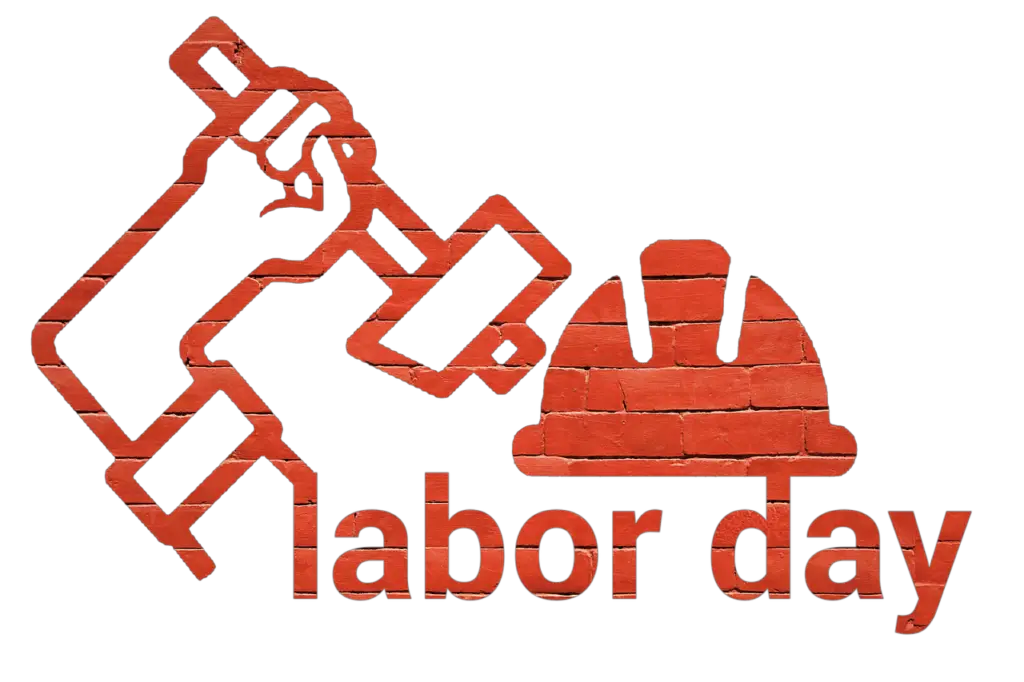
Labour Day is observed across the globe in its different forms and symbols, but it is more than the date for resting or parades. It’s filled with historic aspects, an achievement for labor movements worldwide, and honors many workers who were part of the fight for good conditions at work, just wages, and the rights of workers everywhere. Conflict and Incidents Along the Road to These Rights
There is conflict inherent in the road to these rights. Some of the most historic events in labor history are connected to the founding and remembering of Labor Day. Let’s discuss in details a number of critical incidents that have defined Labor Day and, by extension, the labor movement.
The Haymarket Affair (1886, USA)
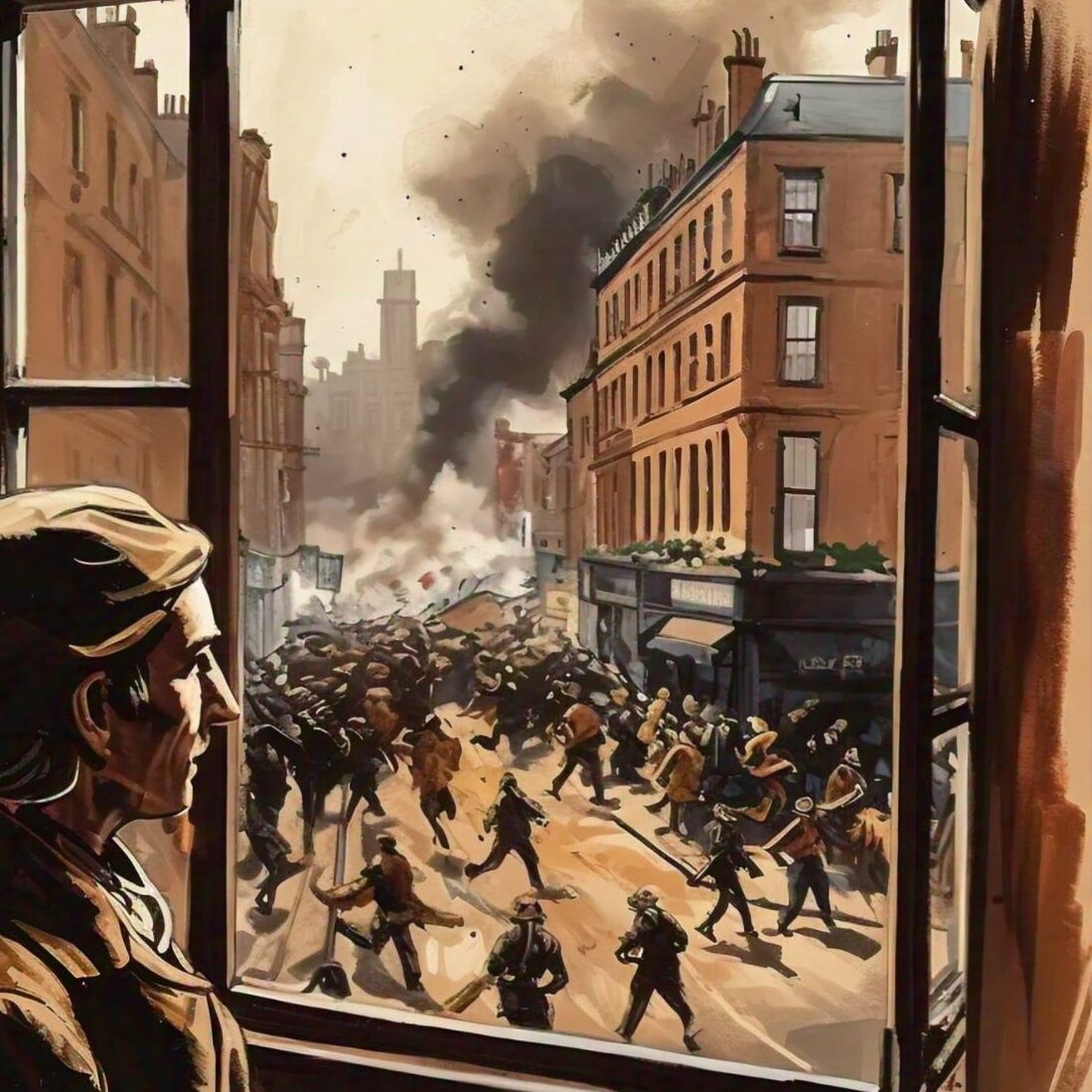
The Haymarket Affair is probably the most important event in the history of labor movements and, above all, in that of the United States. There, in Chicago, on May 4, 1886, a peaceful rally in Haymarket Square finished horribly. Workers had agitated for an eight-hour workday-an idea radically new at the time. Thousands of workers attended the rally peacefully, inspired by rising labor activism.
This, however, was nonviolent. Then an unknown threw a bomb into the crowd, killing some police officers and workers. The explosion in turn compelled the police into violent reaction by shooting many in the crowd, with more deaths and injuries. After the Haymarket Affair, labor leaders and activists were really suppressed. Most of them were arrested, tried, and convicted based on dubious evidence. Several even were executed and became martyrs for the labor cause.
The Haymarket Affair had profound effects on the labor movement across the world. It exposed the extreme dangers that workers were facing in their quest for basic rights and underscored the lengths to which the establishment would go to suppress these movements. The event is directly related to the establishment of May 1st as International Workers’ Day, or Labor Day, in many countries. This day has now become synonymous with the worker’s struggle for rights, a witness to those who would have died for the sake of the cause.
Pullman Strike (1894, USA)
The Pullman Strike of 1894 marks yet another crucial development in the annals of the US labor movement. The strike was led by the Pullman Company, a concern that built railway coaches at Chicago. The company, however, had already created a model town for its workers, but the truth was far from ideal. High rents and very low wages fueled the kind of discontent among workers which rose even further when the decision was made to cut the wages further without reducing the rent.
On May 11, 1894, the workers went on strike, and it didn’t take long before this ignited a nation-wide strike. The American Railway Union under Eugene V. Debs support the workers in action by refusing to run trains carrying Pullman cars, and this caused a shudder to the railroad industry as a whole. The strike had stupendous effects-the railroads froze and mail delivery was broken-off, prompting the federal government to intervene.
He feared the strike could spread, bringing about widespread turmoil and so he ordered federal troops to be dispatched to break the strike with force, as a terrible confrontation arose between the workers and soldiers. The controversial use of federal troops against the striking workers brought about a national debate on the rights of workers and the might of the federal government.
As if on cue to placate the labor movement, President Cleveland and Congress established Labor Day as a national holiday in the aftermath of the Pullman Strike. Its purpose was to acknowledge worker contributions and help heal the state-government relationship with labor unions. But the strike and its violent repression led to a deep branding on the labour movement, focusing on the class struggle towards workers’ rights against the forces of capitalism and governments.
Battle of Blair Mountain (1921, USA)
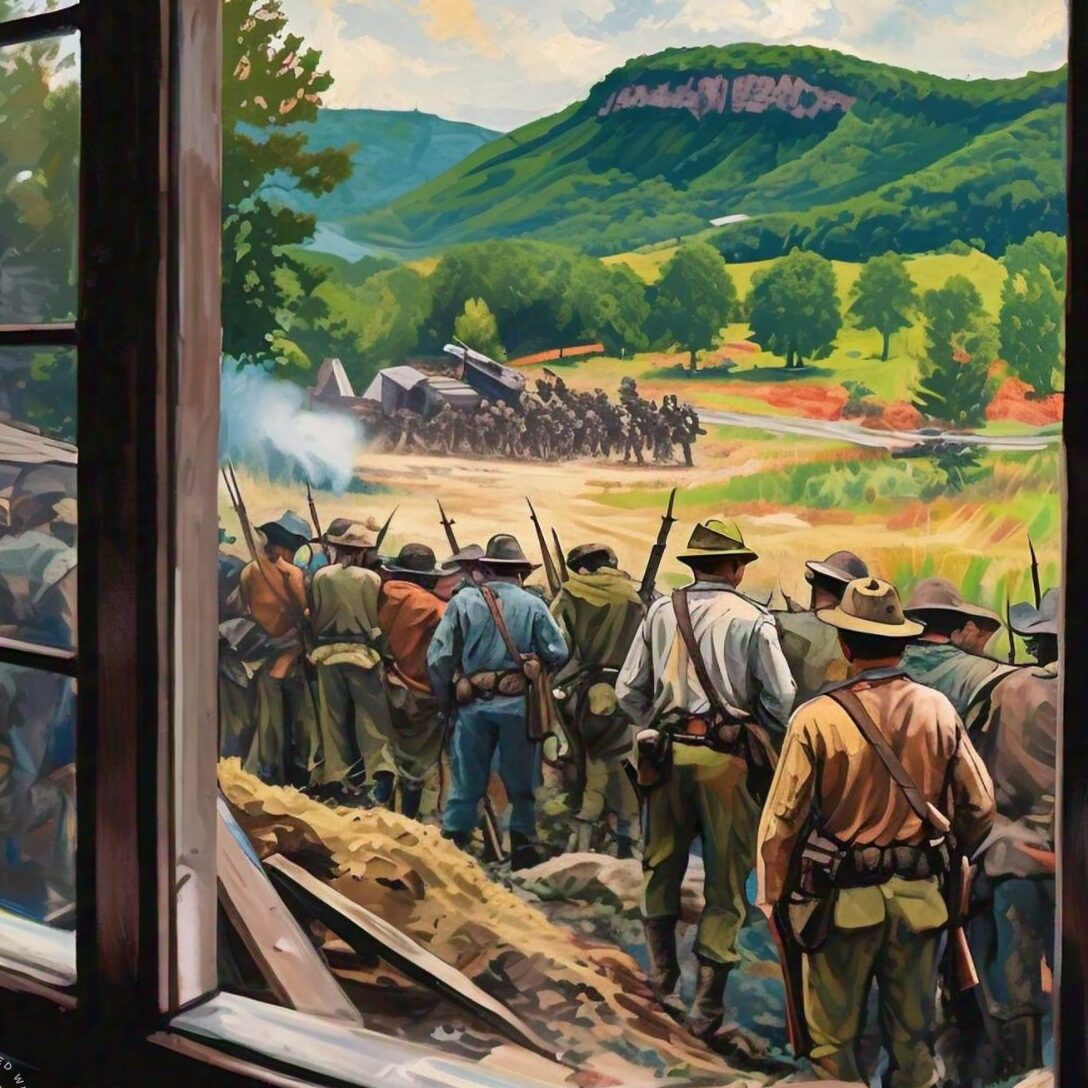
As important and dramatic as any labor uprising in the United States was the Battle of Blair Mountain, at Blair Mountain in West Virginia in 1921. Here, more than 10,000 coal miners fought against company-backed forces that would last five days. The fight was for better working conditions, just wages, and unionization-this right the coal companies refused to give them.
The battle was the culmination of years of tension and conflict in the coalfields of West Virginia. Miner life, living in company-owned towns with paychecks issued in company scrip, was brutal, with minimal rights and representation. Attempts at organizing unions were met with violence, intimidation, and blacklisting.
The coal companies responded to the strikers by hiring private security forces, which included the infamous Baldwin-Felts Detective Agency, to suppress the strike when the miners decided to strike. The confrontation escalated into a full-blown armed conflict in which miners and company forces exchanged gunfire, killing several people on both sides.
The federal government was compelled to send in troops to end the war. Even though the strikers were forced to drop their arms, the Battle of Blair Mountain became an excellent marker of the labor movement’s zest and endurance. It also brought national attention to the woeful coalfield conditions and desperate measures the workers had to take to enjoy their rights.
Toronto Typographical Union Strike (1872, Canada)
Labor Day in Canada originated in 1872 by the Toronto Typographical Union Strike. Workers were forced to endure long hours of working-there were accounts of up to 12 hours or even 14 hours-at times before getting little pay and, worse, no job security. The workers of the Toronto Typographical Union, one of the oldest unions in Canada, voted to stand up for a nine-hour workday.
On 25 March 1872, the union members struck; under then Canadian law, this was technically illegal. The strike drew intense coverage, and within days the union’s demands spread in public support. The authorities, however, responded immediately and with considerable severity: the strike’s leaders were arrested, apparently under an ancient British law that outlawed unions.
The arrests created a storm in the streets, and public protests mushroomed all over the country. It did not remain ignored by then-Prime Minister Sir John A. Macdonald, who smelled much political mileage in the issue with the campaign of workers’ rights. The Trade Unions Act was brought before parliament by Macdonald and passed, making unions legal in the country-a significant victory for the labor movement.
September Labor Day marks The Toronto Typographical Union Strike on the first Monday of the same month. As a turning point in the fight for workers’ rights in Canada, it was thus the first step towards the legal recognition of unions and future labor reforms.
International Workers’ Day (May Day) Origins
International Workers’ Day, known in many countries as simply May Day, has been an important date for the world since the early days of May 1st. It is, however, very highly linked with the struggle of the labor movement to achieve the eight-hour workday. That proposal was first introduced in the United States and became more powerful back in the late 1880s.
One of the most significant events with which this holiday is associated is the Haymarket Affair in Chicago in 1886. As provided above, the Haymarket affair was a turning point for the labor movement. It created international understanding that this day must be assigned as a day to greet workers and their struggle.
Ever since, May Day has become a day for demonstrations and protests in many parts of the world, primarily in socialist and communist nations, which observe it as a public holiday. It’s the symbol of solidarity between the workers of the world and, at the same time, a symbol of continuous and ongoing fight for the rights of the workers.
In some countries, May Day has become more of a day of political importance because labor and socialist groups adopted this day to propel a message for workers’ rights and social and economic reforms. Beyond its origins in the labor movement, today May Day is broad enough to consist of every social justice issue imaginable, representing just how interwoven workers’ rights are with broader equality and fairness struggles.
Also Read: Labor Day: Celebrating the Unyielding Spirit of America’s Workers
Labor Day Hurricane (1935, USA)
Labor Day is significant not only because it is closely related to the labour movement but also because of a tragedy that took place on Labor Day in 1935 – the Labor Day Hurricane. On 2 September 1935, this hurricane entered Florida Keys and left a permanent record as one of the most fierce hurricanes ever to strike the United States soil.
Hurricane caused severe damage-killing more than 400 including many World War I veterans who were working on a highway project in the Keys. These veterans had been housed in makeshift camps and their tragic death was laid squarely at the government’s inability to evacuate them.
The Labor Day Hurricane highlighted how severe the conditions of the workers were at that time, most especially when they were more prone and not as guarded. The catastrophe also focused attention on better disaster responses and labor practices. It did shift the response systems of the government to events of that nature.
AFL-CIO Merger (1955, USA)
1955 makes the time of the AFL-CIO merger, which is indeed one of the bright points in the history of the American labor movement. The American Federation of Labor (AFL) and the Congress of Industrial Organizations (CIO) were two of the most powerful labor organizations in the United States. When they merged, they came to represent millions of workers across the country in a single, unified front.
This aim was driven by the desire for further strengthening of the labor movement amid some very serious growing challenges posed by their disappearance, industrial jobs and rising anti-union sentiments. AFL-CIO turned out to be a great force in American politics by advocating workers’ rights, fair wages, and social justice.
Then, of course, there is the AFL-CIO, which also played an important role in the civil rights movement, working to end racial segregation and discrimination in the workplace. The organization further was at the forefront of advocating for labor law reforms and instrumental in achieving many of the labor rights that workers enjoy today.
The merger of AFL and CIO was a testament to the fact that unity in the labor movement is strength. It brought out, however, that the strength of the labor movement was in its unity and action as one; it showed that by combining, the AFL and CIO can pool its resources together and amplify its influence in the workplace and within the halls of politics. This merger marked a new era in American labor history, where the labor movement became a central force in advocating for not just workers’ rights, but also for broader social justice issues.
The AFL-CIO remains a key player in labor and political issues in the United States, since its legacy has included landmark victories-in securing the minimum wage, workplace safety standards, and expansion of health and retirement benefits for millions of workers. The organization’s support in the 1960s for civil rights legislation and its current efforts to continue promoting social and economic equality reflect a commitment to a broad and inclusive vision of labor rights.
Conclusion
Labour Day is much more than a holiday; it is an epitome of history which reflects the long, often violent, struggle for the rights of workers. The incidents discussed here-from the Haymarket Affair and the Pullman Strike to the Battle of Blair Mountain and the AFL-CIO merger-each illustrate the hardships faced by workers and significant achievements which have been won through perseverance and collective action.
Such actions remind us of the efforts and sacrifices these people had to undergo to get us to where we are today. Observing Labor Day, honoring the labor movement legacy also necessitates the recognition of the struggles of workers around the globe. Whether it is fighting for fair wages, reasonable working conditions, or the right to organize, the spirit of Labor Day lives on in the struggles and the victories of workers everywhere.
It would be aptly fitting to inspire this as a reflection on the history of Labor Day with regards to the fact that, across generations, the fight should continue for workers’ rights, and we must not forget that it is hard-won gains we enjoy today. That’s what the history of the labor movement tells us: through unity and the never-ending fight for justice and dignity at the workplace.


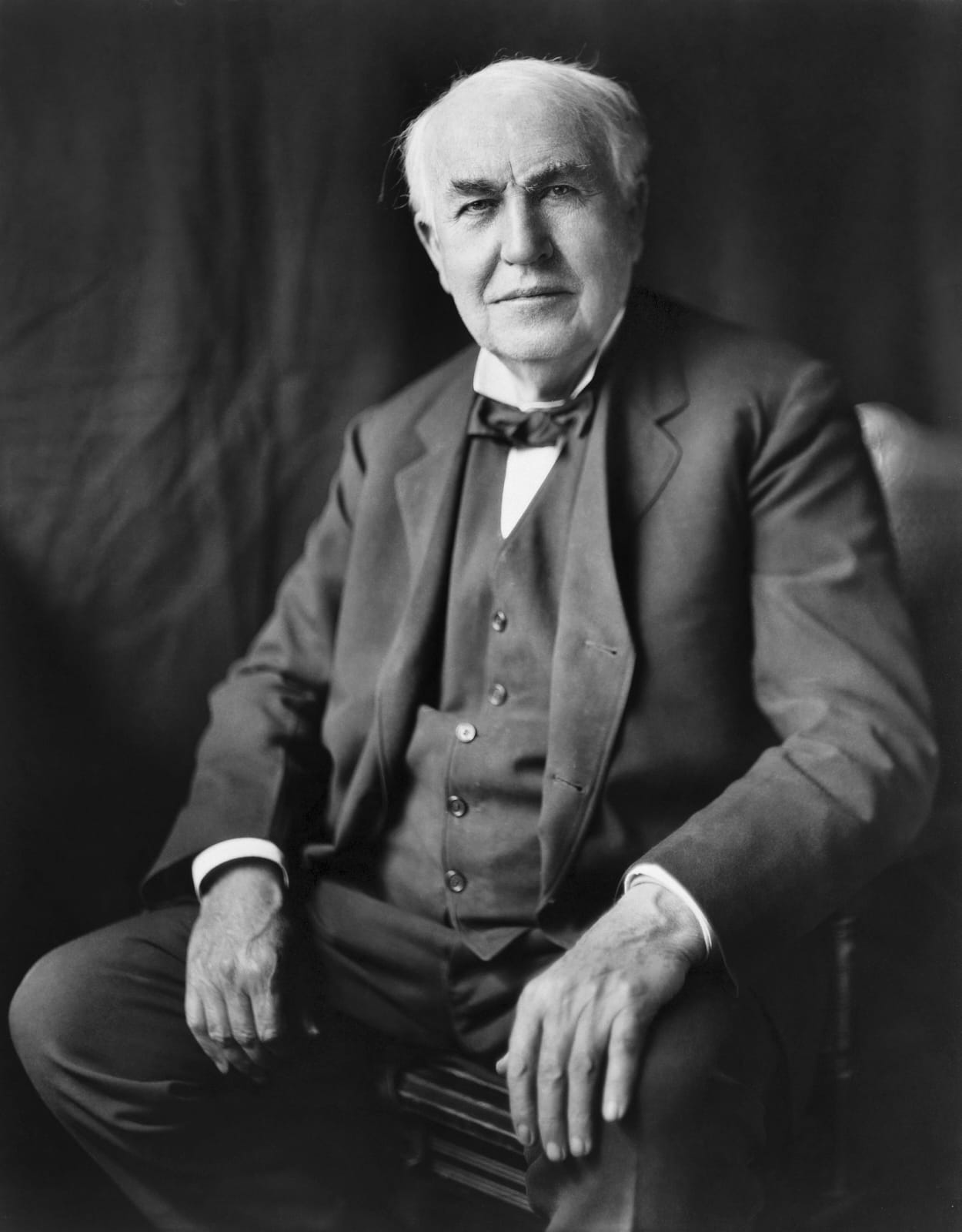

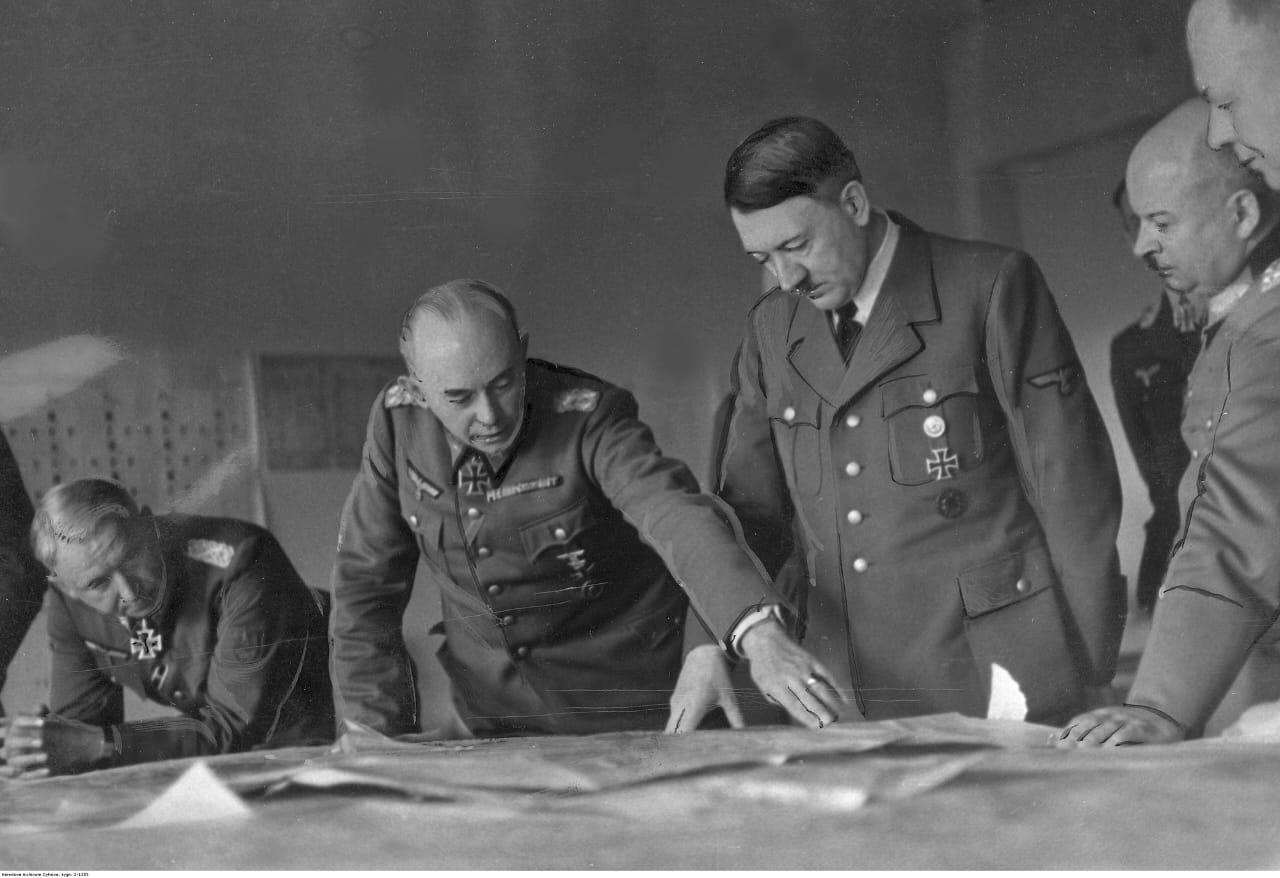
2 thoughts on “Labor Day’s Hidden History : The True, Gritty Stories Of Struggle And Victory”